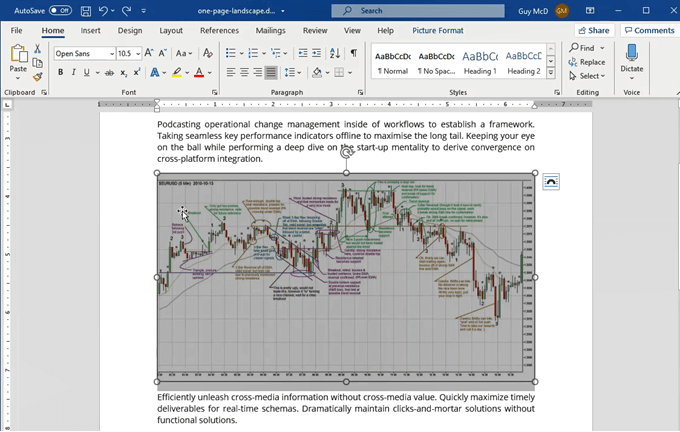

There will be formatting problems and some text that originally fit perfectly on a page in portrait mode may overflow onto a second page when it’s in landscape mode. Likewise, for images and charts, this is a great way to add them without shrinking them down to an unreadable size. It’s really useful for when you have a table with lots of columns that refuses to fit in a portrait oriented page.

You can apply this to several pages in the document and they don’t have to be contiguous. The orientation for the page with the selected text will change to whichever one it is you selected. Under the ‘Preview’ section, open the ‘Apply to’ dropdown and select the ‘Selected text’ option. Go to the Margins tab of the Page Setup window and choose the orientation you want to set for the page.

Ignore it however, look at the toolbox that it is a part of.Ĭlick the little arrow button at the bottom right corner of the Page Setup toolbox. On this tab, you can see a button labelled ‘Orientation’. With the text selected, go to the Layout tab. Make sure there’s text on it and select the text. Open an MS Word document and go to the page you want to change the orientation for. You can set a different orientation for any page within a document if you know which option to use. There is no option to change the page orientation for a single page in MS Word, at least not an obvious one. You can change the orientation any time you want but it applies to every single page in a document. MS Word lets you create documents with pages that are in landscape or portrait view.


 0 kommentar(er)
0 kommentar(er)
